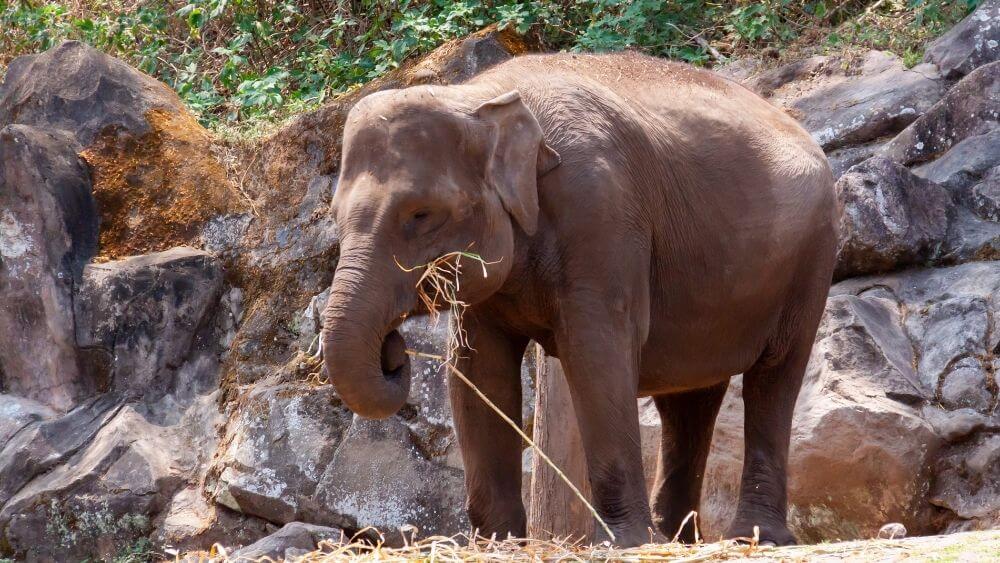Elephant Animal Facts for Kids

African elephants are the sizeable land animals on Earth. They are moderately larger than their Asian cousins and can be recognized by their big ears.
Although they were long assembled together as one species, scientists have intent on that there are actually two kinds of African elephants and that both are at possibility of extinction. Savanna elephants are huge animals that rove the plains of sub-Saharan Africa, while wood elephants are minor animals that reside in the forests of Central and West Africa. The International Union for the Conservation of Nature enlisted savanna elephants as jeopardized and forest elephants as censorious endangered.
Contents
Trunks and tusks
Elephant ears divaricate heat to help keep these huge animals cool, but sometimes the African warmth is too much. Elephants are passionate about of water and enjoy drizzling by intake water into their trunks and sprinkling it all over themselves. Often, they spray their skin with a preservative layer of dust.
An elephant’s trunk is in reality a long nose utilized for smelling, respire, trumpeting, wetting one’s whistle, and also for holding things especially a flair meal. The trunk solo accommodates about 40,000 muscles.
Diet
Elephants consume roots, grasses, fruit. An mature elephant can eat up to 300 pounds of nutriment in one day. These ravenous animals do not sleep much, rambling great distances while hunting for the massive quantities of food that they need to encourage their mammoth bodies.
African elephants’ span all over the savannas and the rainforests. The minute, wandering herd of Mali elephants relocate in a circular route through the desert in hunt of water.
Herds
Elephants are maternal, meaning they reside in female-led kind. The matriarch is generally the mammoth and oldest. She guides over a multi-generational herd that consists other females, called cows, and their young ones. Adult males are called bulls, tend to rove on their own, sometimes making smaller, more free-floating associated all-male groups. Having a baby elephant is a momentous commitment.
Elephants have a time taking pregnancy than any other mammal that is almost 22 months.
Threats to survival
Poaching for the illegal animal tusk trade is the immense threat to African elephants’ survivance. There may have been as many as 26 million elephants. By the early 20th century, their counting had fallen to 10 million. poaching continued to grow. By 1970, their numbers were fallen down to 1.3 million. Hunting and poaching put the African elephant at menace of extinction, diminishing its populace by another half.






Responses